Phytocoenological analysis of grey alder (Alnus incana L.) forests in the Dinarides of Croatia and their relationship with affiliated communities
Phytozönologische Analyse von Grau-Erlenwäldern (Alnus incana L.) in den kroatischen Dinariden und ihrem Verhältnis zu verwandten Pflanzengesellschaften
Joso Vukelić1, Irena Šapić1, Antun Alegro2, Vedran Šegota2, Igor Stankić3 & Dario Baričević1, *
1University of Zagreb, Faculty of Forestry, Svetošimunska 25, Zagreb, Croatia; 2University of Zagreb, Faculty of Science, Department of Biology, Rooseveltov trg 6, Zagreb, Croatia; 3EKONERG, Energy and Enviromental protection Institute, Koranska 5, Zagreb, Croatia; *Corresponding author, e-mail: This email address is being protected from spambots. You need JavaScript enabled to view it.This email address is being protected from spambots. You need JavaScript enabled to view it.">
Abstract
This paper provides a comprehensive survey of the results of phytocoenological research into Alnus incana forests from the alliance Alnion incanae in the Dinarides. Stands from the south-eastern Dinar-ides (Alnetum incanae = Oxali-Alnetum incanae) were analyzed and compared with those from the north-western Dinarides (Lamio orvalae-Alnetum incanae). The comparison reveals significant differ-ences in the floristic composition and in the degree of differentiation – and particularly in the presence of the species of the Illyrian floristic geoelement. Focus was placed on the area of western Croatia where a geographic variant of Helleborus dumetorum (VUKELIĆ et al. 2012) had previously been de-fined within the association Lamio orvalae-Alnetum incanae. Two of its subtypes, Salix alba and Alnus glutinosa, were determined in our research. The former subtype thrives on occasionally flooded, moist sites, where the floristic composition is dominated by hygrophytes. The latter subtype grows on elevat-ed and drier terraces and is richer in mesophilous species from the surrounding zonal forests. A floris-tic-sociological comparison of the Lamio orvalae-Alnetum incanae with the related syntaxa indicates the presence of about fourty diagnostic species which accentuate its independence and the need to assess it at the level of an independent, regional association within the alliance Alnion incanae.
Keywords: Alnion incanae, Alnus incana, forest communities, Lamio orvalae-Alnetum incanae, the Dinarides
The natural disturbance regime in forests of the Dinaric Mountains: A synthesis of evidence
Thomas A. Nagel a,⇑, Stjepan Mikac b, Mojca Dolinar c, Matija Klopcic a, Srdjan Keren d,e, Miroslav Svoboda f, Jurij Diaci a, Andrej Boncina a, Vinko Paulic b
a Department of Forestry and Renewable Forest Resources, Biotechnical Faculty, University of Ljubljana, Vecˇna pot 83, Ljubljana 1000, Slovenia
b Department of Forest Ecology and Silviculture, Forestry Faculty, University of Zagreb, Croatia
c Slovenian Environment Agency, Ljubljana, Slovenia
d Faculty of Forestry, University of Banja Luka, Bosnia and Herzegovina
e Faculty of Forestry, University of Agriculture, Krakow, Poland
f Faculty of Forestry and Wood Sciences, Czech University of Life Sciences, Czech Republic
a b s t r a c t
Quantitative descriptions of natural disturbance regimes are lacking for temperate forest regions in Europe, primarily because a long history of intensive land-use has been the overriding driver of forest structure and composition across the region. The following contribution is the first attempt to comprehensively describe the natural disturbance regime of the dominant forest communities in the Dinaric Mountain range, with an emphasis on the range of natural variability of regime components for the main disturbance agents. Compared to other forest regions in Europe, the mountain range has a history of less intensive forest exploitation and provides a suitable record of natural disturbance processes. Our synthesis is based on multiple types of evidence, including meteorological information, historical documentation, evidence from old-growth remnants, and salvage logging data from National forest inventories. Taken together, the results show that no single disturbance agent dominates the regime in the dominant forest types (i.e. beech and mixed beech-fir forests), and any given agent exhibits remarkable variation in terms of severity and spatial extent both within and among individual disturbance events. Thunderstorm winds cause the most severe damage (i.e. near stand replacement), but blowdown patches are typically limited to stand-scales (e.g. 10s of ha). Ice storms and heavy snow typically cause intermediate severity damage and affect much larger areas (e.g. 100s of km2). A notable exception was the 2014 ice storm, which was nearly an order of magnitude larger and more severe than any other event recorded in the synthesis. Severe and prolonged periods of drought have occurred several times over the past century, and along with secondary insect damage (e.g. bark beetles), have caused episodes of forest decline. Overall, our synthesis indicates that on top of the background of relatively continuous gap dynamics, stand-scale intermediate severity events are an important part of the regime; these events likely have rotation periods that are less than the lifespan of a tree cohort (e.g. several centuries) and create canopy openings large enough to alter successional trajectories.
http://www.sciencedirect.com/science/article/pii/S0378112716304030
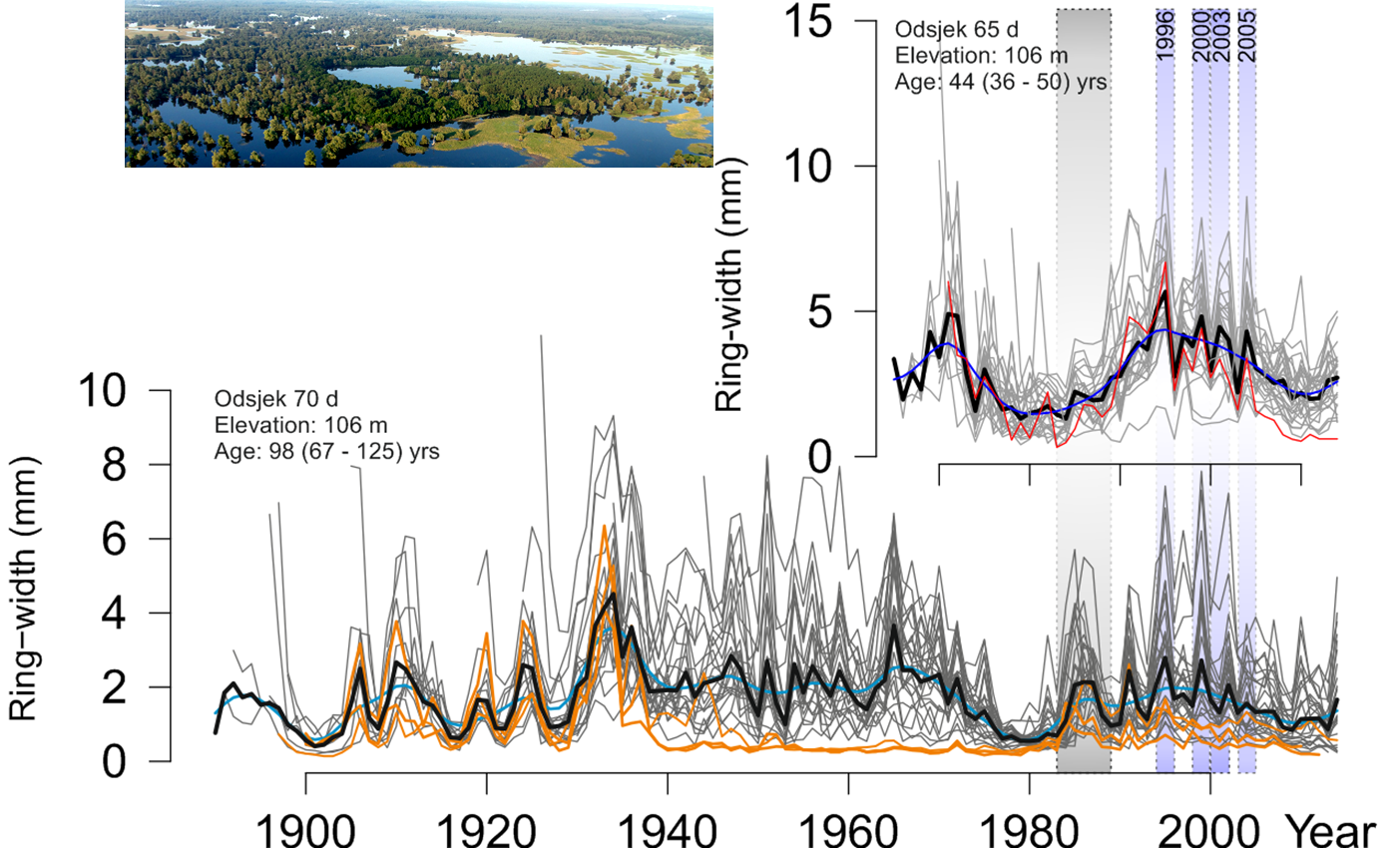 Reconstruction of extreme floods in the Riparian forest using tree rings data
Reconstruction of extreme floods in the Riparian forest using tree rings data
Read more ...

First results of Canopy Gaps distirbution using LiDAR data - In Press
Read more ...

Resarch of the Canopy Gaps Dynamic in the OG Forests Čudinka


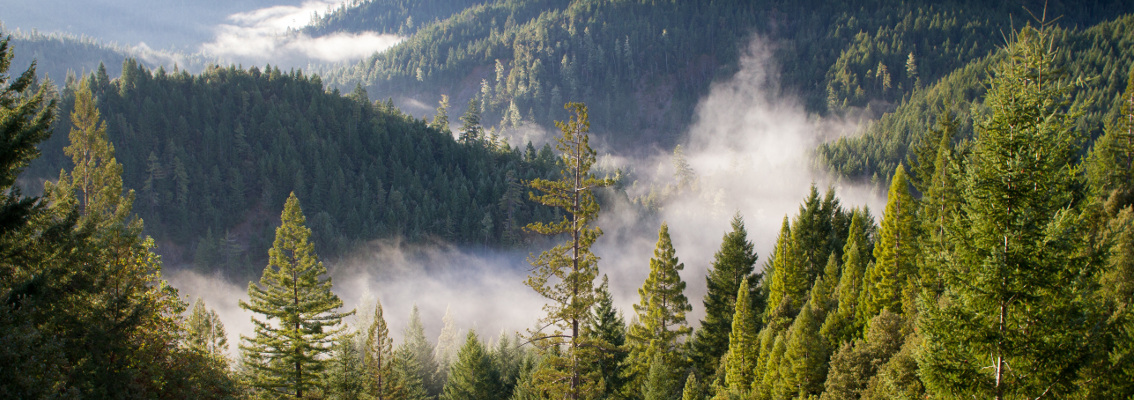

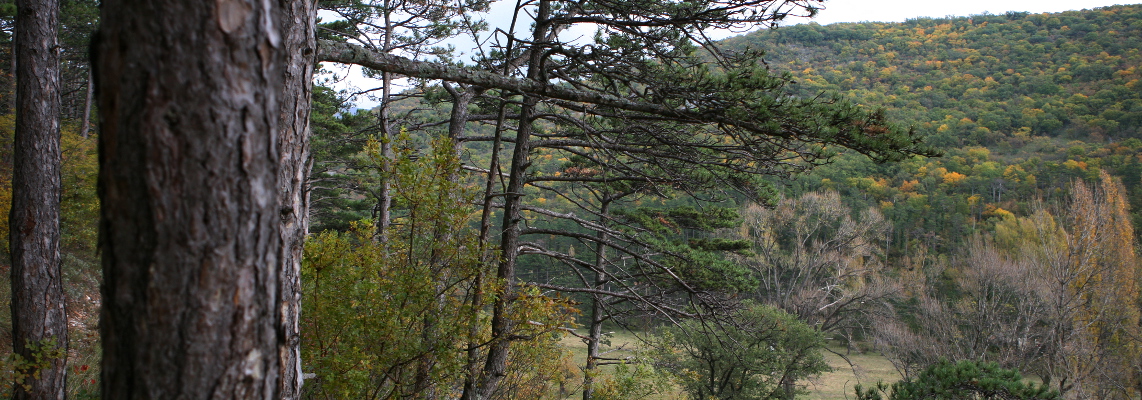
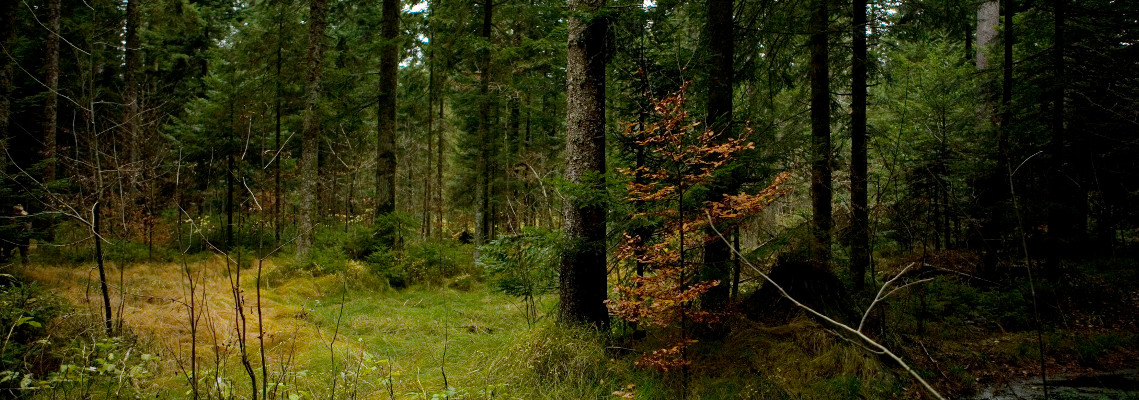
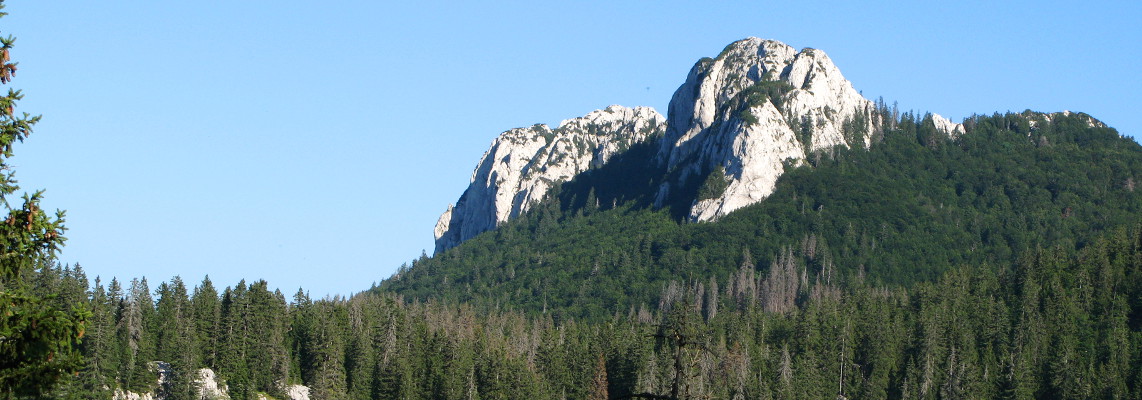
 Reconstruction of extreme floods in the Riparian forest using tree rings data
Reconstruction of extreme floods in the Riparian forest using tree rings data
